Optimal Timing for Waterproofing Projects
Waterproofing is an essential process to prevent water intrusion and protect structures from moisture damage. The timing of waterproofing projects can significantly influence their effectiveness and longevity. Proper planning ensures materials cure correctly and environmental conditions are optimal for adhesion and durability.
Spring offers moderate temperatures and rising humidity, making it suitable for waterproofing projects before heavy rainfall begins.
Warm and dry conditions in summer facilitate quicker curing of waterproofing materials and allow for longer application windows.
Fall's cooler temperatures and lower humidity levels can be ideal, provided temperatures remain above the minimum required for proper curing.
Winter is generally not recommended due to freezing temperatures that hinder curing and adhesion, but specialized products may be used in mild climates.

Ways to make Waterproofings work in tight or awkward layouts.

Popular materials for Waterproofings and why they hold up over time.
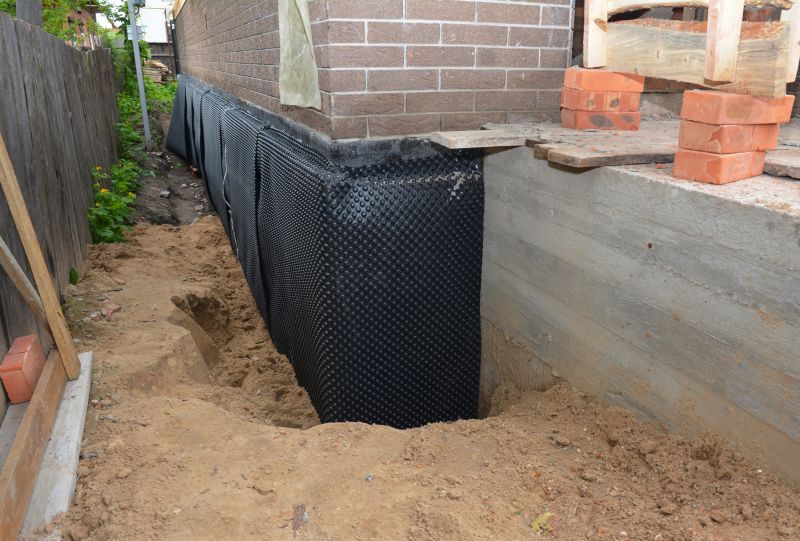
Simple add-ons that improve Waterproofings without blowing the budget.
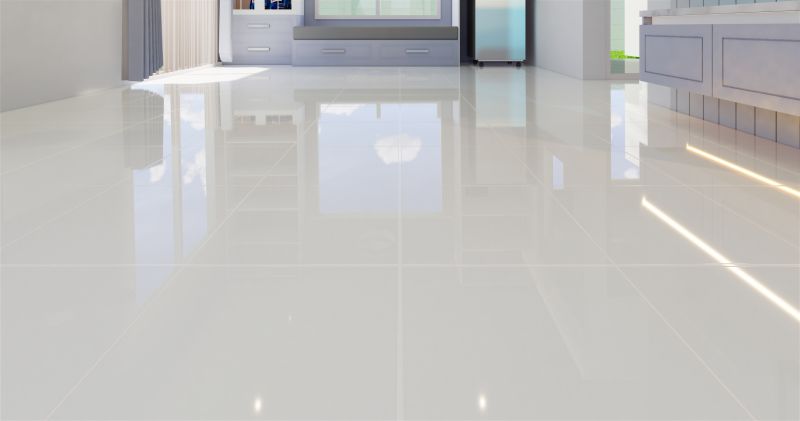
High-end options that actually feel worth it for Waterproofings.
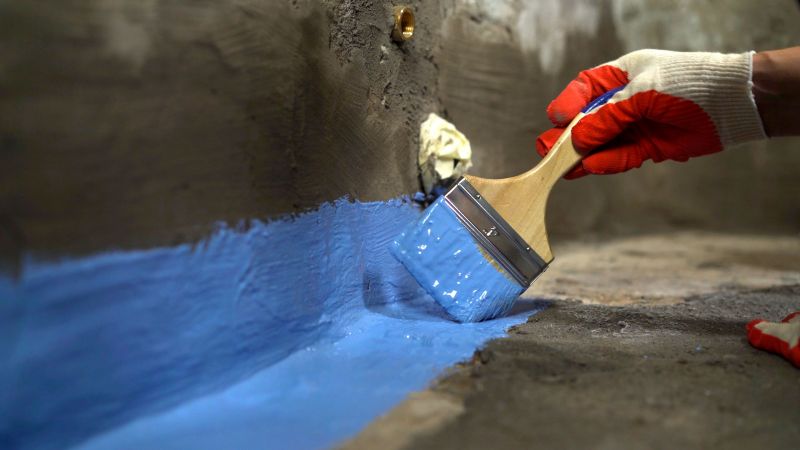
Finishes and colors that play nicely with Waterproofings.
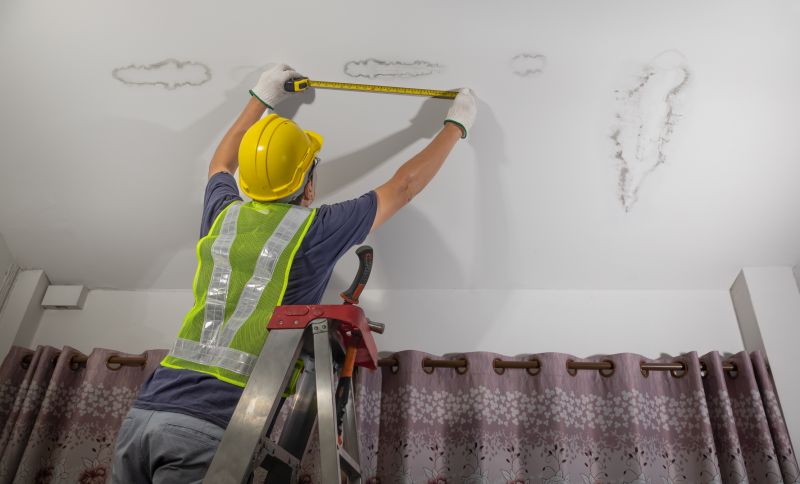
Little measurements that prevent headaches on Waterproofings day.
| Season | Optimal Conditions |
|---|---|
| Spring | Moderate temperatures and increasing humidity |
| Summer | Warm, dry weather with low humidity |
| Fall | Cooler temperatures with low humidity |
| Winter | Generally unsuitable due to freezing temperatures |
Waterproofings involve applying specialized materials to surfaces to create a barrier against water penetration. These materials include liquid membranes, sealants, and membranes that can be applied to foundations, roofs, and walls. Proper application during the right season ensures maximum adhesion and durability, reducing the risk of water damage and structural issues.
Statistics indicate that waterproofing failures are often linked to improper timing and environmental conditions during application. Ensuring that temperatures are within the recommended range and that surfaces are dry can extend the lifespan of waterproofing systems and reduce maintenance costs over time.
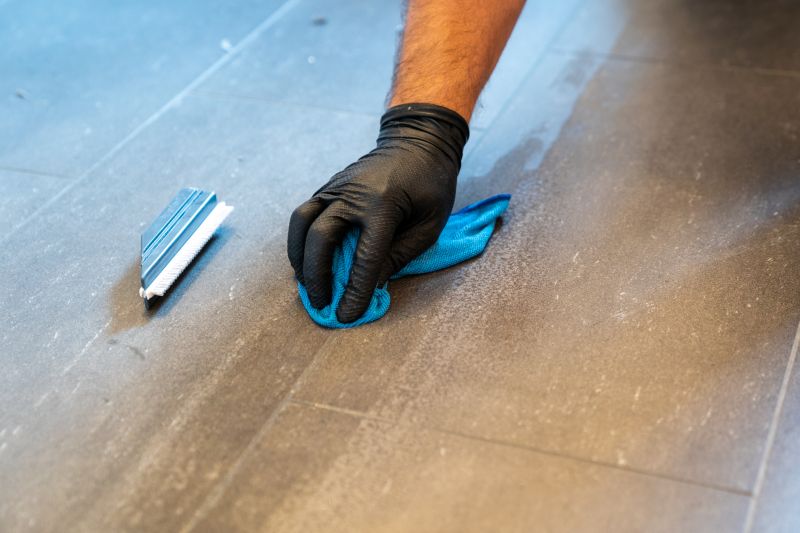
A 60-second routine that keeps Waterproofings looking new.

A frequent mistake in Waterproofings and how to dodge it.
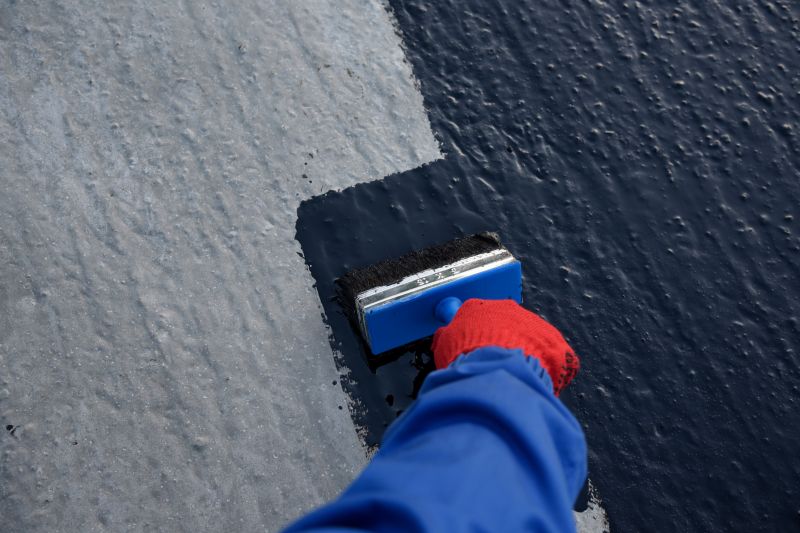
Small tweaks to make Waterproofings safer and easier to use.
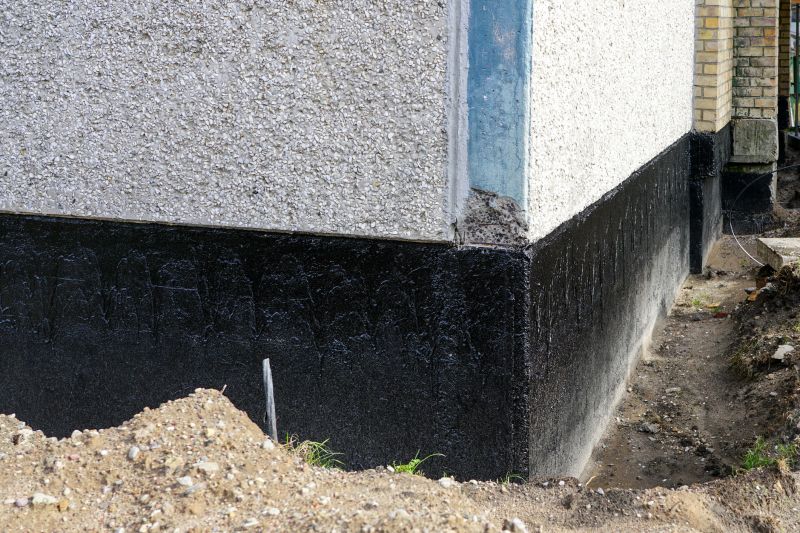
Lower-waste or water-saving choices for Waterproofings.
Interested parties are encouraged to contact for further information or to schedule waterproofing assessments. Proper timing and application techniques are crucial for ensuring long-lasting protection against water intrusion.

